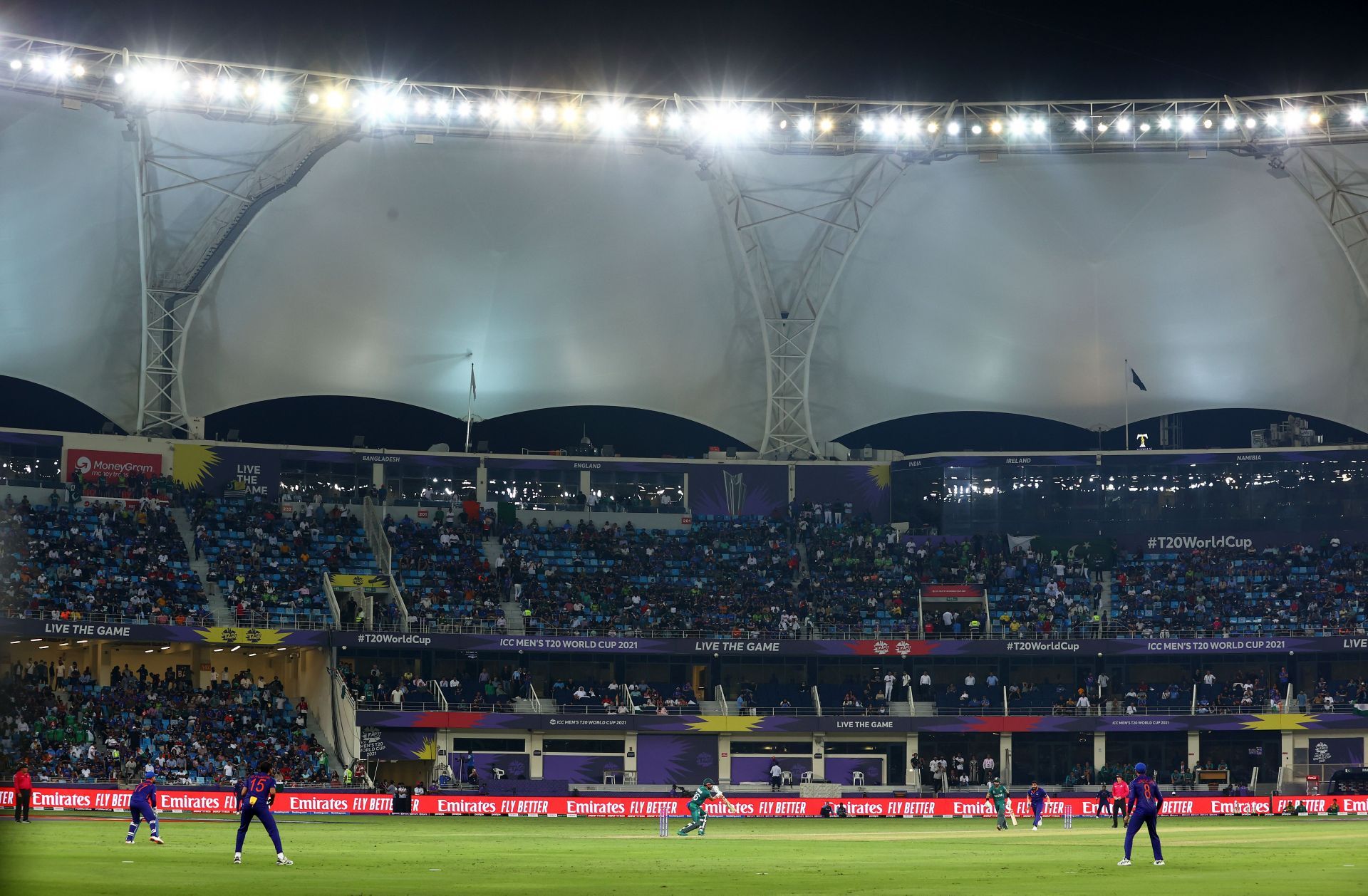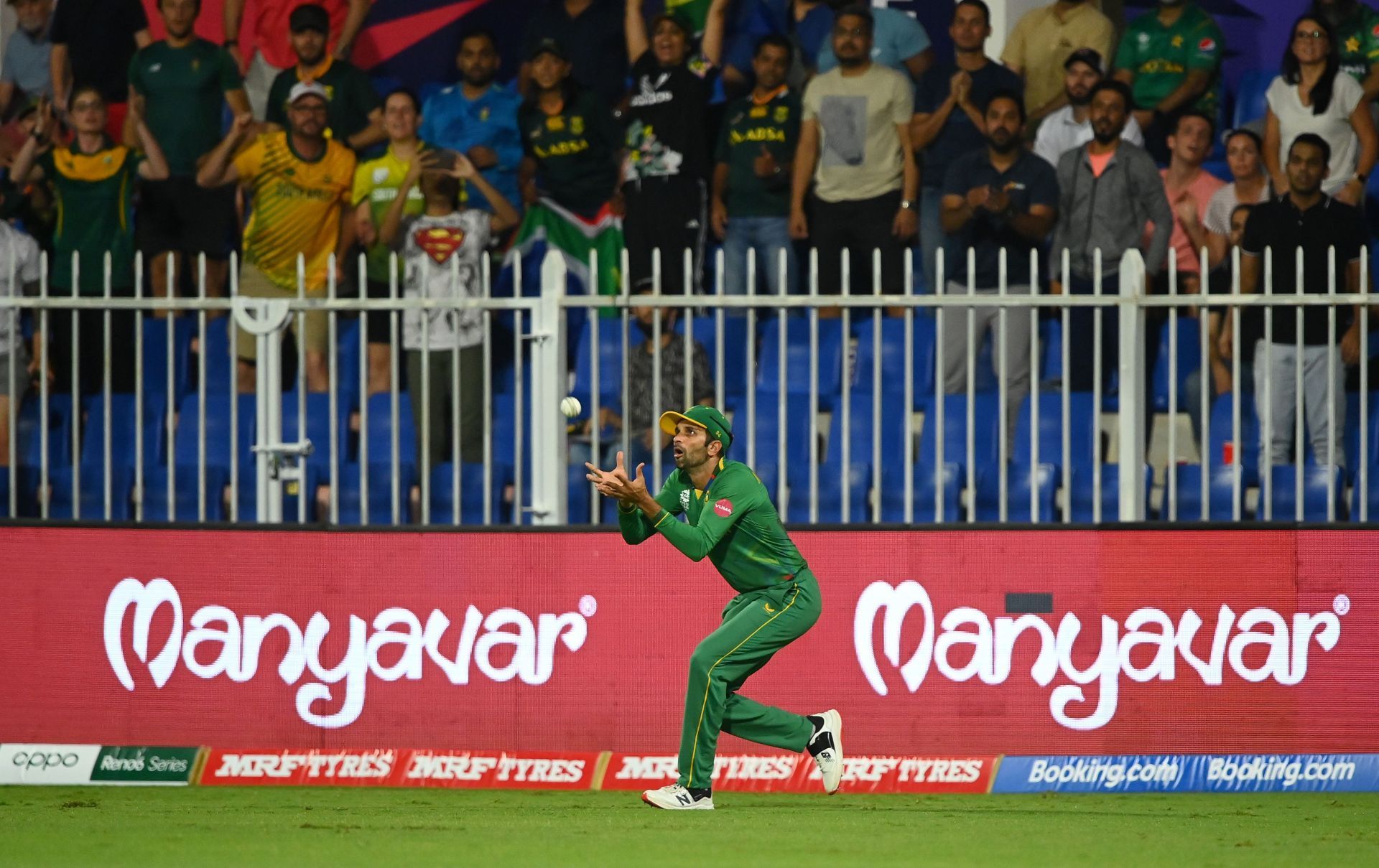
ICC introduces in-game penalty for slow overrate in T20Is: 3 reasons why this is a good move

Making a radical change to improve over-rate issues in T20I cricket, the ICC has introduced an in-game penalty for slow over-rates. This will be applicable to both men's and women's T20I. The rule change made by the ICC will kick in this month.
According to the new rule, the bowling side should be placed to start the final over of the innings at the scheduled time for the end of the innings. If they fail to do so, they will only be able to field three fielders outside the ring for the rest of the innings.
The ICC has picked up this idea from the ECB. A similar rule was implemented in the inaugural season of the Hundred last July.
The ICC released a statement that stated:
"The over rate regulations are captured in clause 13.8 of the playing conditions , which stipulate that a fielding side must be in position to bowl the first ball of the final over of the innings by the scheduled or rescheduled time for the end of the innings.
"If they are not in such a position, one fewer fielder will be permitted outside of the 30-yard circle for the remaining overs of the innings. The change was recommended by the ICC Cricket Committee, which regularly discusses ways to improve the pace of play in all formats, after considering reports on the effectiveness of a similar regulation that was included in the playing conditions for the Hundred competition conducted by the ECB."
Here we take a look at 3 reasons why this rule change by the ICC is a good step:
1.) Teams will comply with the regulations

Over rates have been a real issue across all three formats for a while now. Even though the ICC docks player fees, the issue has not been resolved. As such, this change will force captains to comply with the rules as they will face repercussions within the match itself.
Under this new change, if the team is bowling the 18th over after the mandatory 90 minutes, they will have one fewer fielder outside the 30-yard circle for the remainder of the innings.
This could change the course of the entire match, as in T20s, batters go hell for leather in the death overs. With one fewer fielder to guard the boundary, the entire complexion of the match can change.
2.) Fewer drinks break

Under the new rules, the ICC has also introduced an optional drinks interval midway through the innings for a bilateral T20 series. Under this, teams will be able to choose for a two-and-a-half minute break at the mid-point of each innings. However, this will always be subject to an agreement between the the two teams.
Quite often in recent matches, batters have been calling for drinks breaks after every four-five overs, which impedes the progress of the match. The umpires, too, are rendered ineffective as players keep coming up with excuses to break the flow of the game.
In the T20 World Cup, there was a drinks break after the first 10 overs of each innings. Thus, this move makes a lot of sense.
3.) Fast-paced action will result in high-octane stuff

One of the biggest changes the new rules will bring about is that the pace of the game will increase. This will not only help with high-octane stuff and keep the fans engaged, but it will also keep the broadcasters happy.
Fans are the pulse of any game and no one really wants to watch a match either on TV or at the ground plod along at absolutely no pace. There is nothing worse for a spectator when the match meanders along 11 or 12 overs an hour.